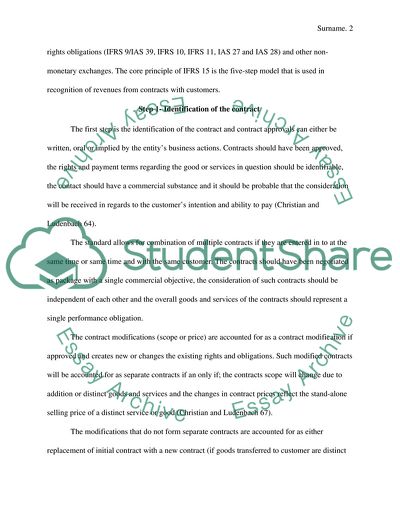Cite this document
(IFRS 15 and IFRS 9 Essay Example | Topics and Well Written Essays - 2500 words - 1, n.d.)
IFRS 15 and IFRS 9 Essay Example | Topics and Well Written Essays - 2500 words - 1. https://studentshare.org/finance-accounting/1862356-ifrs-15-and-ifrs-9
IFRS 15 and IFRS 9 Essay Example | Topics and Well Written Essays - 2500 words - 1. https://studentshare.org/finance-accounting/1862356-ifrs-15-and-ifrs-9
(IFRS 15 and IFRS 9 Essay Example | Topics and Well Written Essays - 2500 Words - 1)
IFRS 15 and IFRS 9 Essay Example | Topics and Well Written Essays - 2500 Words - 1. https://studentshare.org/finance-accounting/1862356-ifrs-15-and-ifrs-9.
IFRS 15 and IFRS 9 Essay Example | Topics and Well Written Essays - 2500 Words - 1. https://studentshare.org/finance-accounting/1862356-ifrs-15-and-ifrs-9.
“IFRS 15 and IFRS 9 Essay Example | Topics and Well Written Essays - 2500 Words - 1”. https://studentshare.org/finance-accounting/1862356-ifrs-15-and-ifrs-9.


